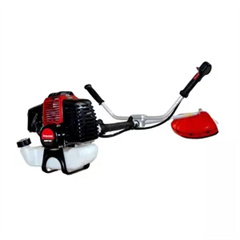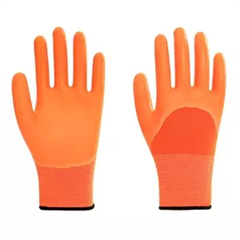Digging and shoveling can indeed be an excellent full-body workout that engages multiple muscle groups and provides cardiovascular benefits. Here’s how you can turn digging and shoveling into a fitness routine:
- Warm-Up: Begin with a light warm-up to get your muscles ready for the workout. Perform some dynamic stretches, such as arm circles, leg swings, and hip rotations.
- Proper Technique: Maintain proper posture while digging and shoveling to prevent injury. Bend your knees and hips, engage your core muscles, and use your legs to power the movements. Keep your back straight and avoid twisting motions.
- Use Various Muscles: Digging and shoveling engage several muscle groups:
- Legs: Quadriceps, hamstrings, glutes, and calf muscles power your movements.
- Core: Abdominal and lower back muscles stabilize your torso.
- Upper Body: Shoulders, arms, and chest muscles are involved in lifting and moving soil.
- Varying Movements: Alternate between digging, lifting, and tossing soil. This variation targets different muscle groups and prevents overuse injuries.
- Interval Training: Turn your shoveling into an interval workout. Dig vigorously for a set period (e.g., 1-2 minutes) and then take a short rest (30-60 seconds). Repeat this cycle several times.
- Cardiovascular Benefits: Shoveling can elevate your heart rate, providing cardiovascular conditioning similar to aerobic exercises. This helps improve your cardiovascular fitness over time.
- Breathing: Focus on controlled breathing. Inhale as you prepare to lift or dig, and exhale as you exert force.
- Hydration: Stay hydrated by drinking water before, during, and after your workout, especially if you’re sweating.
- Safety Precautions:
- Start with shorter sessions and gradually increase the duration and intensity of your shoveling workouts.
- Avoid overexertion. If you feel fatigued or experience pain, take a break.
- If you have any existing medical conditions or concerns, consult a healthcare professional before starting a new fitness routine.
- Cool Down and Stretching: After your shoveling workout, cool down with gentle stretches. Focus on the muscles you used the most, such as your legs, back, and shoulders.
- Monitor Progress: Keep track of the duration and intensity of your workouts. As you become more accustomed to shoveling, you can gradually increase the time and effort you put into each session.
Remember that safety is paramount. If you’re new to physical activity or have any health concerns, consult a healthcare provider before starting a new exercise routine. Additionally, make sure to use proper ergonomics and techniques to prevent strain and injury while shoveling.
























